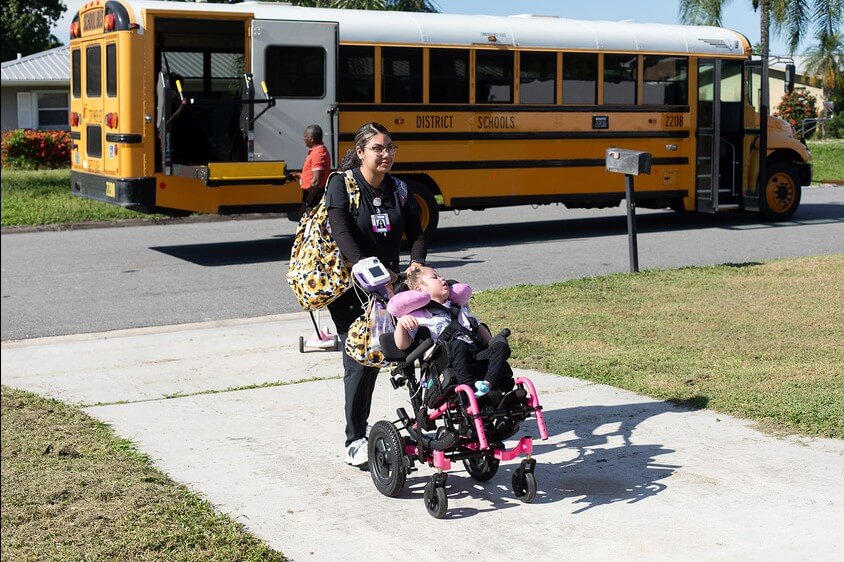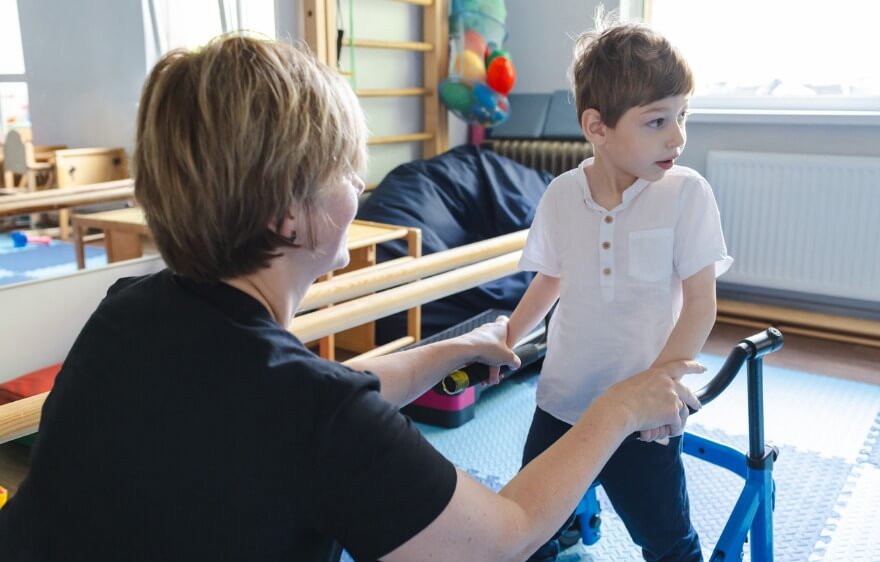This post is the second in a series geared towards tackling some of the big issues school professionals have about supporting students for emotional wellness and success. You can read the first post here, or scroll down to read this edition’s big question . . .
An SLP writes:
“I find that teams do not spend enough time on problem identification and rather spend too much time on problem solving. I think this could make an interesting research paper or even a blog post. I personally would love to hear more about that!”
Thanks for the opportunity to reflect on this idea further. I have noticed the instinct to solve problems quickly shows up in both our professional and personal lives, and quite often in life as a parent. There is nothing inherently wrong with this instinct; as educators and educational specialists, we tend to be forward-moving, solution-oriented individuals. We want to remove obstacles so our children and students can learn better and experience more success. In this response, I will address problem identification and problem solving in the realm of the educational setting, but I invite you to consider these concepts in the context of everyday life and relationships.
If we break down our tasks as educators, most of them would fall under the umbrella of problem-solving: how to differentiate instruction, assess for understanding, create and implement interventions, etc. In schools, there are also formalized problem-solving processes such as those that go by the names of Child Study, Student Support or Intervention teams. The purpose of these meetings is to discuss particular students who struggle academically or behaviorally, brainstorm interventions and track progress. The opportunity to come together as a team may occur on a weekly basis for 30-60 minutes, and this is often the only time in the week that team members speak as a group for any length of time.
I have categorized the two main challenges I have noticed in school meetings:
1) Team members are not ready to start the problem-solving process.
It may seem that when a team of professionals comes to the table to solve a common problem they would be ready to solve that problem. However, as we know, some issues that come up with students can be consuming, exhausting, and emotional. Before a person can enter problem-solving mode, they need to objectively see the problem which is difficult if they are feeling the problem. To move from a subjective to an objective perspective, the individual or individuals most involved with the presenting problem must be heard and have their feelings validated. Because of this basic emotional need, much time may be spent on “venting” and sharing multiple stories and opinions about the situation. This is sometimes called problem admiration because more time is spent admiring the problem than solving it. Problem admiration does have a time and place, but formal meetings are probably not the right setting.
2) Team members want to move to action too quickly.
While problem admiration may not be the best use of time in a school setting, neither is rapid problem-solving. Time constraints and lack of regular opportunity to connect as a team play into our inclination to move quickly. However, when we do this we may 1) come to the table with the assumption that we already know the problem and 2) lack openness and curiosity to new ideas and information.
So how do we solve problems efficiently and effectively and make sure everyone is ready to solve the problem? Below are some thoughts to consider. These are not meant to replace any specific processes your teams may be using, but rather a set of self-reflective questions and ideas that may guide the process.
What is the root cause of this problem?
Sakichi Toyoda, the founder of Toyota Industries, came up with a technique called The 5 Whys to develop an in-depth understanding of a problem. The approach is very simple — you ask the question “Why?” five times until you come to a basic understanding of a problem, and then you work to prevent the conditions for the problem to occur again. You may have noticed this natural tendency in small children to use the same technique: They ask the question “Why?” until they are satisfied with an answer, often to the exasperation of adults. Here is a simple school example:
Presenting problem: Tony will not complete his homework at night.
WHY is he not completing it? Because he is avoiding it.
WHY is he avoiding it? Because he thinks it’s boring.
WHY does he think it’s boring? Because he does not understand the concepts.
WHY does he not understand? Because he struggles to pay attention in school during math.
WHY does he struggle to pay attention? Because he may have difficulty processing verbal information or have attention challenges.
Are we solving the right problem?
On the other hand, before we solve a problem, we must decide if we have identified a problem correctly. Harvard Business Review author and speaker Thomas Wedell-Wedellsborg writes that while analyzing the root cause can be revealing, by doing this we ignore possible alternate problems and may dig deeper into the wrong issue. He suggests reframing a problem to identify a different aspect of the presenting problem. Here are some key questions to ask yourself:
Is there a situation where the problem does not occur? Are there positive exceptions?
Are we looking at the right category of problem? A classic example is one of a student “acting out.” A team member may present it as a behavior problem when in fact the student does not have the words to describe how they feel so they “act it out.” This is a communication problem, not a behavior problem.
What is your part in the problem? This may be a tricky question to ask a team member or one’s self but could be important to taking a new perspective.
Has anyone asked for the student’s perspective of the problem?
It may seem very simple, but more often than not, students are left out of the problem-solving process. Recently, a school counselor shared an example of the disconnect between the teacher and student’s perspective of the same problem. The teacher said the student “shuts down” in class and would not complete any assignments. The teacher was most concerned about his lack of work completion. When the student was asked (privately, in a safe space) about why he was not completing work he said he was too embarrassed to ask for help. He said that no other students ask for help and he did not want to stand out. The appearance of “shut down” made a lot more sense from this perspective, and now a solution could be generated for the correct problem.
As educators, we are operating in a results-oriented framework which pushes us to be solutions providers. However, if we sit in the presence of introspection, we may be able to dig deeper into the root cause of the problem, reframe the problem for ourselves, and change how we respond to it.






